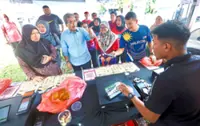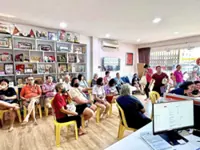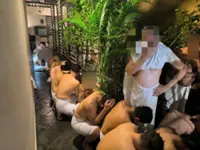The central outpatient clinic for the residents of the Sungai Buloh Settlement or Leprosarium, officially known as the National Leprosy Control Centre, is still in part-time operation. — Photos: Dr Norana Abdul Rahman
Many may consider leprosy as a disease of the past, but this communicable disease is still very much amongst us.
This is why World Leprosy Day is still celebrated: to raise awareness of a disease that many believe does not exist any more.





